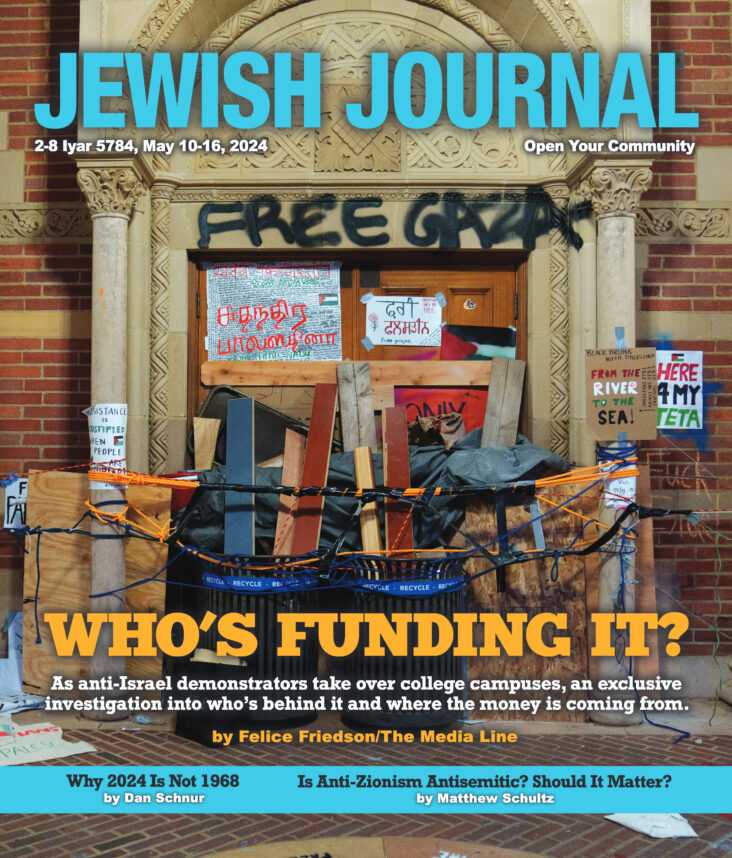Why I Voted For Arnold
First a disclaimer: I have never met Arnold Schwarzenegger, have never spoken to him, was never contacted by his political people, no one ever asked me to support him, or offered me money to do so. I supported him because I respect him and because I am convinced that he will be good for California. In fact, if I may brag just a little, I started predicting that he would be the next governor of California many months ago, when only a few hard-line nuts seriously considered that a recall could be successful. I didn\’t think/hope that Gray Davis would be recalled. I just was sure that Arnold would run and win the next race.





 More news and opinions than at a Shabbat dinner, right in your inbox.
More news and opinions than at a Shabbat dinner, right in your inbox.